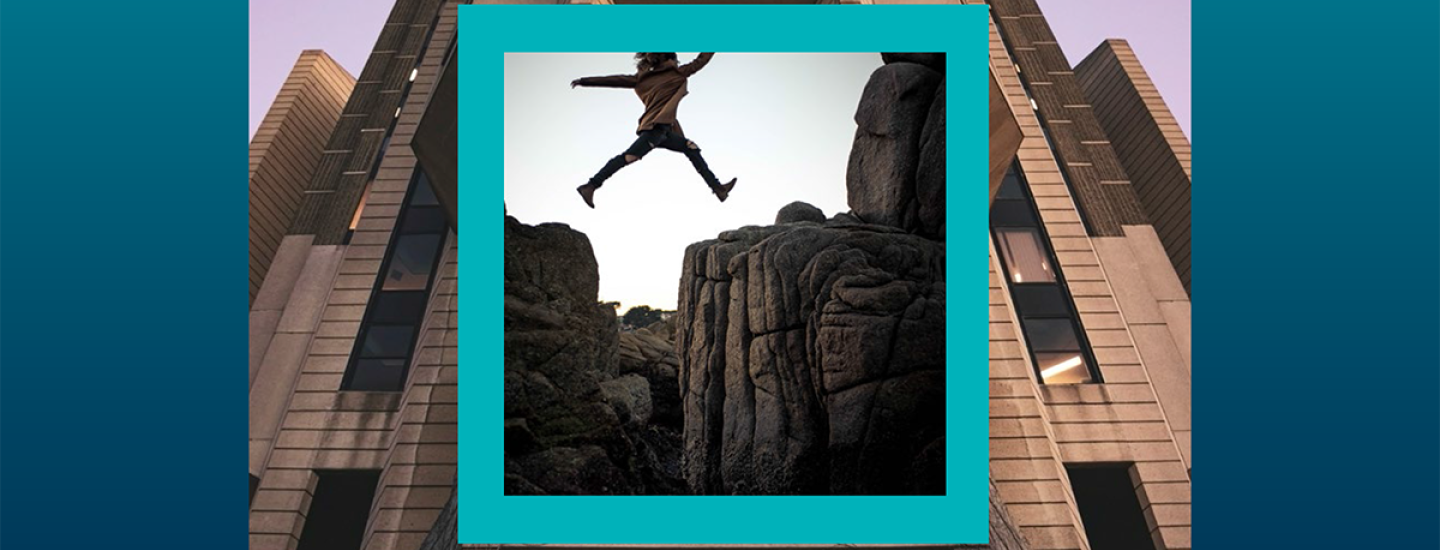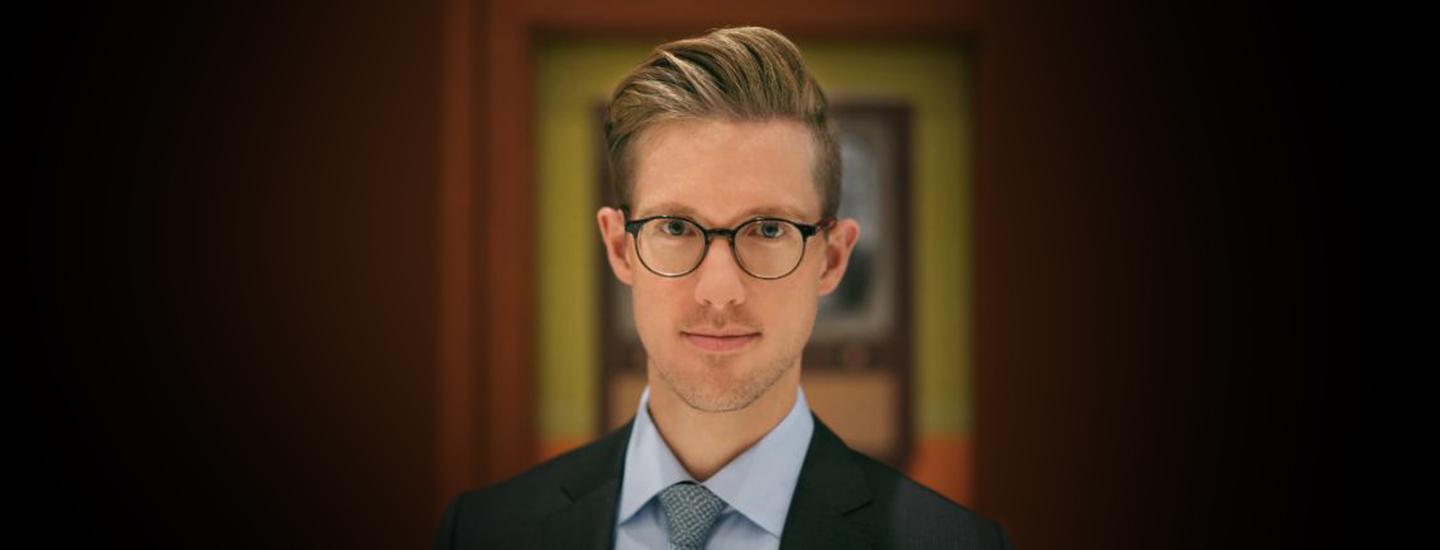
In this three-part series, SCS instructor and attention activist Jay Vidyarthi shares tips to reclaim your mind from exponential tech.
Being mindful in daily life is a skill. It’s all about paying attention to what you want to pay attention to, and seeing things clearly as they are. Many of the influential ads and technologies in our society aim to pull you away from what’s happening in the moment by triggering your desires, insecurities, and fears. That’s why it’s especially important to set parental limits for your inner child the same way you might with a bag of Doritos.
Remove specific apps from your phone
When you’re out and about in the world, what’s that one app that draws you to keep pulling out your phone? Is it social media? News? Games? Or maybe your work email? Whatever it is, do an experiment: pull out your phone, and delete that app now. Notice that little voice in your head saying “I can’t delete that app.” Is that true? I never thought I’d be able to remove email from my phone, especially since I work in tech. But I did, and it’s been wonderful. Best of all, my colleagues have learned to wait for my replies and they don’t seem to mind, either. Delete your cherished apps. It’ll be hard at first, but you’ll thank me in a week.
Use break timers when you’re working
When working on the computer, breaks are critical for your hips, shoulders, neck, eyes, and your mind. It’s easy to dismiss them, but they can make a world of difference, keeping you balanced and flexible throughout the workday. Set your own alarms or search online for one of the many break timers out there. I personally enjoy a 5 minute break every 40 minutes, and I keep a sticky with a short list of break ideas to help me short circuit the momentum of knowledge work. What’s on my list of break options you ask? Make tea, go outside, stretch, meditate, or pet the cat. 🐈
Manage notifications and subscriptions
These days, emails and notifications are the major channels through which attention merchants command our minds. Set aside an hour or two to comb through your inbox and unsubscribe from emails you don’t actually open (even if you wish you had the time to do so). Go into your smartphone and app notification settings and remove all notifications except those truly need your immediate attention. I have all sounds, banners, and lock screen notifications disabled on my phone except for calls. I only have badges enabled, so when I choose to look at my phone, I can see what’s waiting for me. But I never give giant tech companies or advertisers the power to pull me away from my own life to serve their needs - that’s what attention activism is all about.
Monitor and limit your tech use
Awareness is a powerful thing. As I like to say in my guided meditations, sometimes awareness is enough. We don’t always need plans and strategies to change, sometimes simply paying attention to our own behaviour plants seeds that grow into natural change. And with awareness, we might find ourselves naturally setting limits. There are wonderful tools like Apple’s Screentime, Google’s Digital Wellbeing, RescueTime, Freedom, and StayFocusd which help you monitor and limit use.
--
Rethinking your relationship with tech is like meditation itself; a practice. Stay open and curious and explore. Maybe you try something and it doesn’t work, that’s okay. As long as you’re happy with your relationship with tech, that’s all that counts. And if you’re not happy with it, I hope some of these tips and tricks will help you fall in love with your tech all over again. Sometimes we need a bit of space from something to truly appreciate it.
Don't forget to check out Part I and Part II of this three-part series, exploring rest/sleep, and relationships/family!
Jay Vidyarthi instructs our Technology and Mindfulness course. He is an attention activist working toward a society where tools for self-care and mental health are as diverse as the people who need them. He believes mindfulness will empower individuals to reclaim choice in the attention economy. As a designer, Jay has helped launch mindful technologies like Muse: the brain sensing headband, Sonic Cradle, the Healthy Minds Program, Brightmind, and 10+ more. Jay serves on the advisory council for the Mindful Society Global Institute, he’s taught design at major educational institutions, and he has been recognized and featured internationally (Harvard, ACM, MIT, UToronto, Forbes, Vice, Fast Company, TED, etc).












